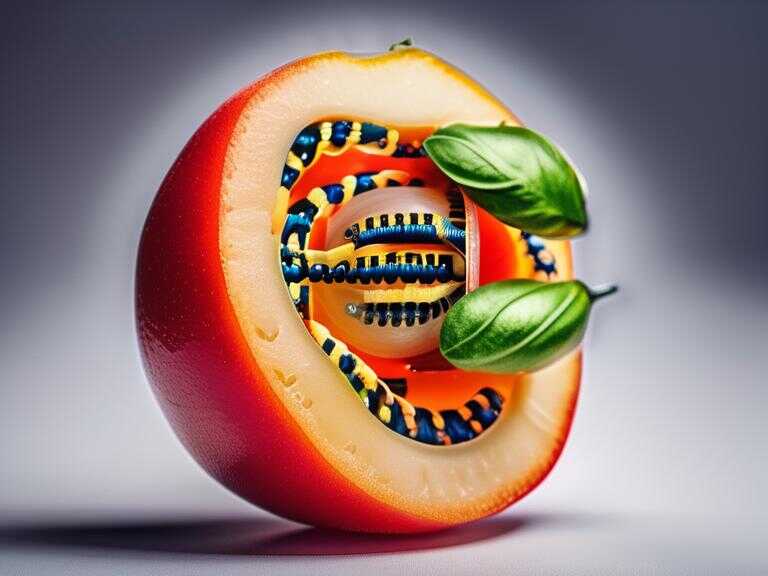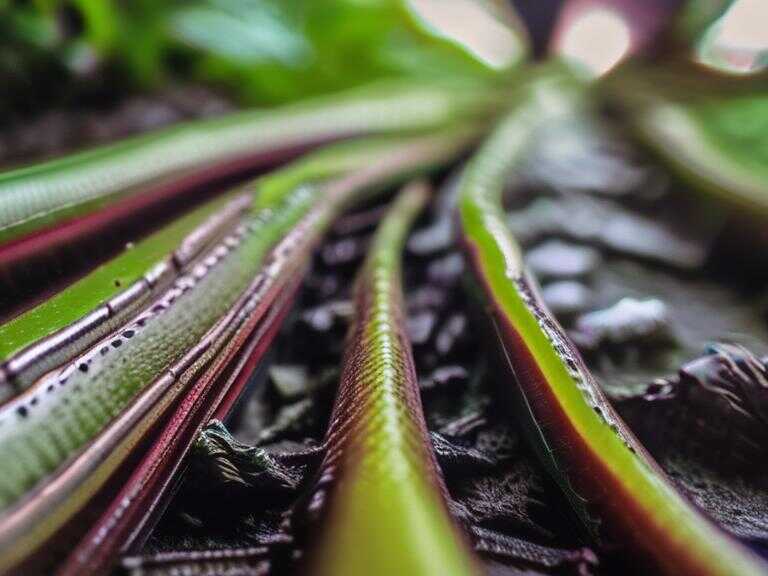
Potato's Surprising Origin: Hybridization With an Ancient Tomato Ancestor Revealed
The potato originated 9 million years ago from a hybridization between an ancestor of the tomato and a South American plant, leading to its global consumption.

The humble potato, a staple food enjoyed globally in countless ways, boasts a surprisingly complex and fascinating evolutionary history. Recent scientific discoveries have shed light on the origins of this versatile tuber, revealing a tale of hybridization, adaptation, and the impact of geological forces.
Emerging from an unusual union between an ancestor of the tomato and an ancient South American plant, the potato first appeared approximately 9 million years ago. This revelation, based on extensive genomic analysis conducted by researchers at the Chinese Academy of Agricultural Sciences, reshapes our understanding of how this ubiquitous food came to dominate global diets.
A Tale of Hybridization and Adaptation
The study, published in the prestigious journal Cell, analyzed both cultivated and wild potato species, uncovering a stable mixture of genetic material from Solanum tuberosum (the traditional potato) and an ancestor of Solanum lycopersicum (the tomato). This suggests that modern potatoes arose from the hybridization of an ancient tomato plant with other Solanum-related species from the Etuberosum family, which, prior to this event, did not produce tubers.
This interbreeding led to the creation of a novel plant capable of forming tubers – underground structures that store energy in the form of carbohydrates and enable reproduction without relying on seeds or pollination. This biological innovation proved crucial for the potato's expansion into diverse climates, from warm regions to colder environments, thanks to its remarkable cold climate adaptation.
The Andean Influence
Delving deeper into the genetic makeup, researchers identified specific genes responsible for tuber development. The SP6A gene, which acts as a "switch" determining whether a plant will produce tubers, originates from the tomato. Conversely, the IT1 gene, regulating the growth of the underground stems that form the edible tuber, comes from plants within the Etuberosum family, native to South America.
By considering the hybridization timeline and the geographic locations of the involved species, scientists formulated a hypothesis regarding the potato's origin. During the Miocene epoch, between 10 and 6 million years ago, the Andes Mountains underwent a dramatic geological uplift driven by the collision of tectonic plates. This event created new cold climatic regions, prompting plants to adapt for survival and expansion.
It is believed that two such plants, influenced by this significant environmental shift, joined forces to form Solanum tuberosum. Millions of years later, this offspring would become an integral part of our culinary landscape, gracing our plates as French fries alongside our hamburgers. This incredible journey from the Andes to our dinner tables underscores the profound impact of geological events on plant evolution and the remarkable Potato Origin story woven into the fabric of our food history.
The study not only unveils the genetic underpinnings of potato domestication but also highlights the intricate interplay between plants, environment, and human history. As we savor this ubiquitous tuber, we are reminded of the complex evolutionary processes that have shaped its journey from ancient Andes to global culinary icon.
Share news















